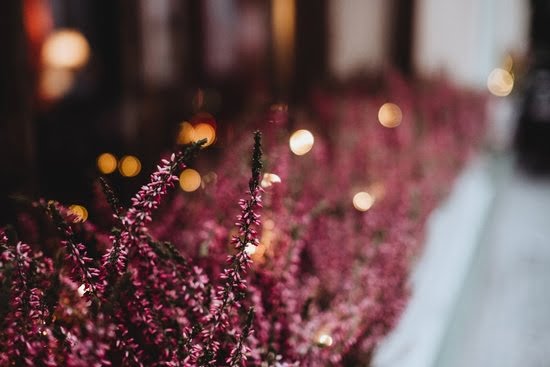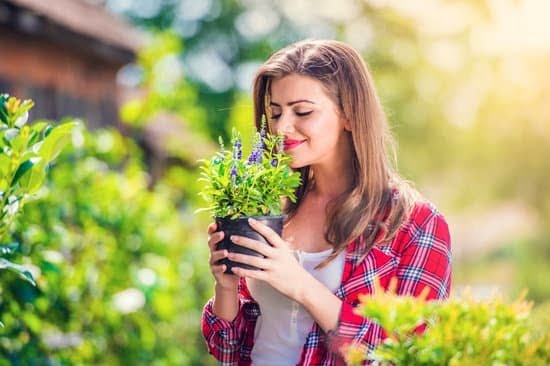Expanding the Introduction
Square Foot Gardening is an incredibly efficient and organized way to start and maintain a garden. This system of gardening allows you to organize your garden into small, easily managed squares. With Square Foot Gardening, peppers can be grown in boxes and space-saving raised beds for better temperature control, drainage and root development. By staggering the planting areas closely together, more plants can fit within a limited growing area. Additionally, soil loss from wind or water erosion is minimized with Square Foot Gardening due to the use of wood or plastic frames containing the soil on each square foot. It also offers a layered planting of different types of peppers throughout the season for continuous harvesting of these delicious vegetables at regular intervals. Additionally, because of its fun landscape design features, Square Foot Gardening encourages creativity when planting peppers that can be also visually appreciated by family members or visitors.
Including Alternative Growing Options for Peppers
Square Foot Gardening is a method of setting up a vegetable garden that helps to maximize space and yield within limited areas or beds. With this form of gardening, you plant each type of vegetable in one square foot area. When it comes to peppers, Square Foot Gardening is an effective way to grow hot, sweet and bell pepper varieties; however, there are other methods which can be used to do this as well.
Raised Bed Gardening is another method that is often used by gardeners when growing their vegetables. It involves the construction of raised beds – typically framed with decking boards – at higher levels than the rest of your garden, which makes for easier picking and harvesting of vegetables. The benefits are plenty; raised beds warm up faster in the spring; have improved drainage; and provide better airflow compared to traditional planting in rows. On the contrary, they are time-consuming to set up initially and cost more money (for materials).
Container Gardening is also an option to consider when growing peppers. This involves using pots or containers situated anywhere around your house – balcony, windowsill, patio etc. The advantage here is that’s possible to move your container easily from place with differing levels of light or shade as required for particular plants. Containers are usually cheaper than raised beds and require less maintenance too. However, their capacity for growth is far more restricted due how often you’ll need to water them (containers don’t typically hold soil’s moisture for long periods), as well as adjusting soil mixtures whenever needed so nutrients aren’t depleted too quickly from within the pots/containers over time
Troubleshooting Common Problems
1. Not Getting Enough Heat – To ensure that peppers get enough warmth, gardeners should take extra steps to increase the soil temperature. This can include protecting plants from strong winds, mulching the soil with a black plastic cover, or even placing a large tarp over the garden for added warmth. Additionally, homemade heating systems such as gold PVC pipes or water lines warmed by the sun can help warm the soil and give peppers an extra boost of heat.
2. Pests and Disease – Neglecting pest and disease control will cause pepper plants to suffer from insect infestations or major afflictions like blight or leaf spot. Anything that weakens a plant’s ability to photosynthesize can cause it significant harm over time. Gardeners should regularly survey their gardens for pests and treat them immediately as needed using safe, natural methods like handpicking, companion planting, boosting beneficial predatory insects, setting up barriers around vulnerable areas of the garden, spraying pesticide-free soap sprays or covering susceptible plants with floating row covers.
3. Poor Access To Sunlight – Growers should plan carefully when they create their Square Foot Garden layout in order to ensure that all plants receive an adequate amount of sunlight so they reach maturity before cooler fall weather sets in. If necessary, some sturdier types of plants can be identified ahead of time and planted on the perimeter of the garden for greater access to sunlight during critical growth periods when light levels fluctuate significantly throughout the day.
Fertilizing Techniques
The goal when fertilizing peppers grown in square foot gardening is to maintain an optimal balance of nutrients. The best combination of fertilizers will depend on the specific soil type, and the most beneficial results can be achieved by using a balanced fertilizer that contains phosphorus, potassium, and nitrogen.
For quicker release of nutrients into the soil, it’s recommended to use liquid or water soluble fertilizers like fish emulsion or kelp extract. These should be applied once a week during the growing season, typically at half strength for peppers. For slow release fertilizers such as compost tea, fish bone meal, or rock phosphate, application should be made every few months throughout the growing season. These are especially helpful for gardeners trying to increase phosphorus levels in their soil since over time they create more natural growth cycles with longer bloom times and increased fruit production from your pepper plants.
When applying fertilizer, always water afterwards to help activate it in the soil and prevent any burn or wilting of your pepper plants; this also helps distribute the fertilizer evenly throughout your garden bed. Additionally it’s necessary to monitor your soil pH levels and organic matter content to ensure optimal fertilizer absorption – ideal pH levels for pepper plants is between 6-7 while organic matter (like compost) should remain above two percent at all times.
Harvesting Tips
When harvesting peppers, the best way to tell if a pepper is ready for picking is by its color. Peppers can come in many different colors depending on their type. For instance, chilli and cayenne peppers turn from green to red when ripe, while jalapeno and bell peppers naturally mature from light green to various other shades of green or even yellow, orange, purple and/or red. Harvest peppers by cutting them off at the stem with gardening shears or scissors. When harvesting this way, leave some of the stem attached to each pepper as it will slow down spoilage and preserve the pepper’s life. The ideal pepper should have a deep to bright color that looks glossy and feels slightly firm/stiff but not hard on the outside. Avoid overly mature peppers which are soft and shriveled as they can be bitter-tasting and past their prime.
Adding Recipes
– Easy Sautéed Peppers: Heat 2 tablespoons of olive oil in a large skillet over medium-high heat. Once heated, add 1 diced bell pepper and 1 diced jalapeno pepper to the pan and stir occasionally until both peppers are tender. Add 2 cloves minced garlic to the skillet and cook for another minute. Top with lemon juice, salt and pepper before serving.
– Stuffed Peppers: Preheat oven to 375 degrees F (190 degrees C)and prepare a baking dish or casserole by lightly greasing it with cooking spray or oil. Cut tops off 6 bell peppers and remove insides completely then set aside. In a bowl mix together 1 pound ground beef, ½ cup cooked white rice, 1 teaspoon garlic powder, ½ teaspoon ground black pepper, 2 tablespoons Worcestershire sauce, 1 can tomato soup and ¼ cup shredded cheese (of your choice). Line the hollowed-out peppers with the mixture then place each one upright in the prepared dish. Bake for 30 minutes or until pepper is tender and filling is cooked through. Sprinkle with more cheese if desired.
– Roasted Pepper Hummus: Spread a single layer of 4 red bell peppers on a large baking sheet lined with parchment paper. Drizzle some olive oil over top of peppers then season with salt and freshly cracked black pepper before roasting in preheated oven at 350 degrees F (175 degrees C) for 20 minutes (or until slightly charring occurs). Taking out of oven, let cool for 5 minutes then transfer to a food processor along with 2 cans drained chickpeas, ¼ cup extra virgin olive oil, 3 tablespoons freshly squeezed lemon juice, 3 cloves minced garlic, and 2 tablespoons tahini paste. Process until smooth then season again as desired before serving with dippers like pita chips or fresh cut vegetables!

Welcome to my gardening blog! I am passionate about plants and enjoy sharing my knowledge and experiences with others. In this blog, I will write about everything related to gardening, from tips on how to get started to updates on my own garden projects.





